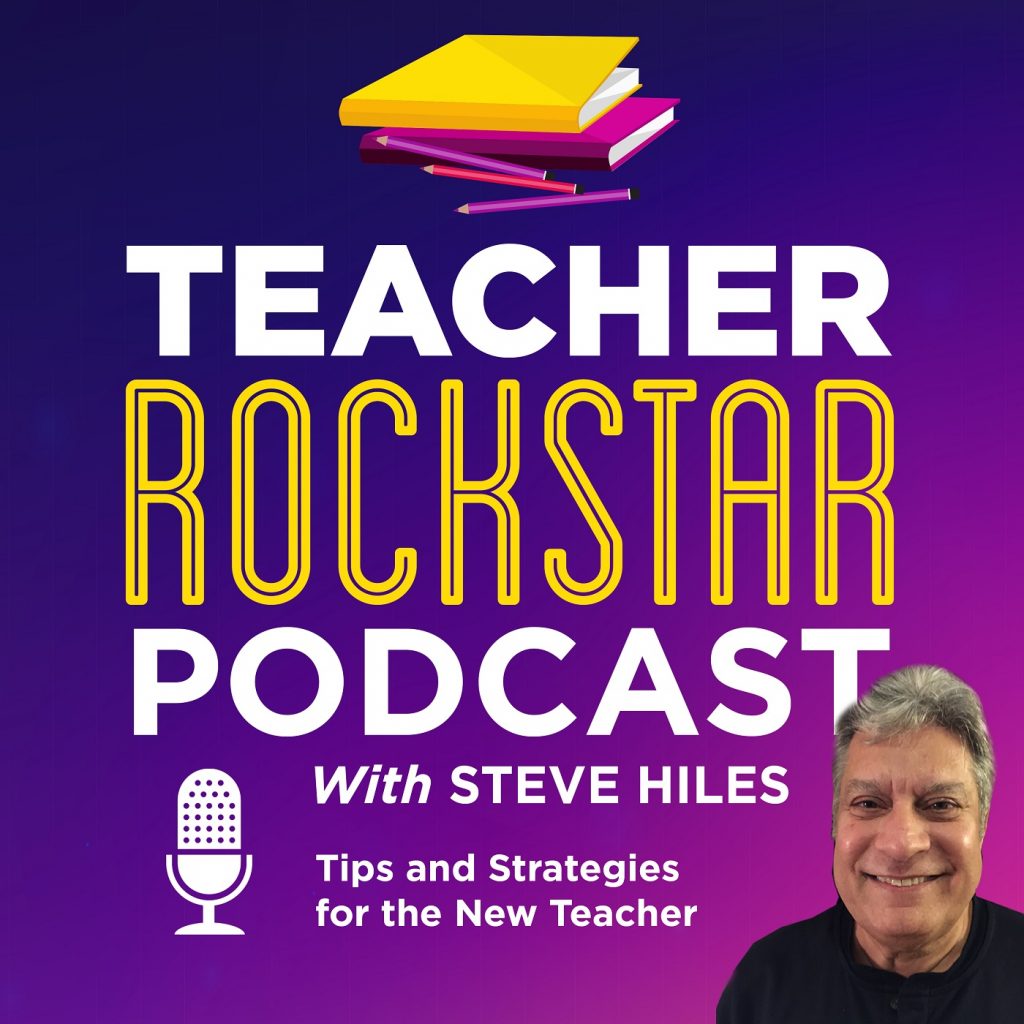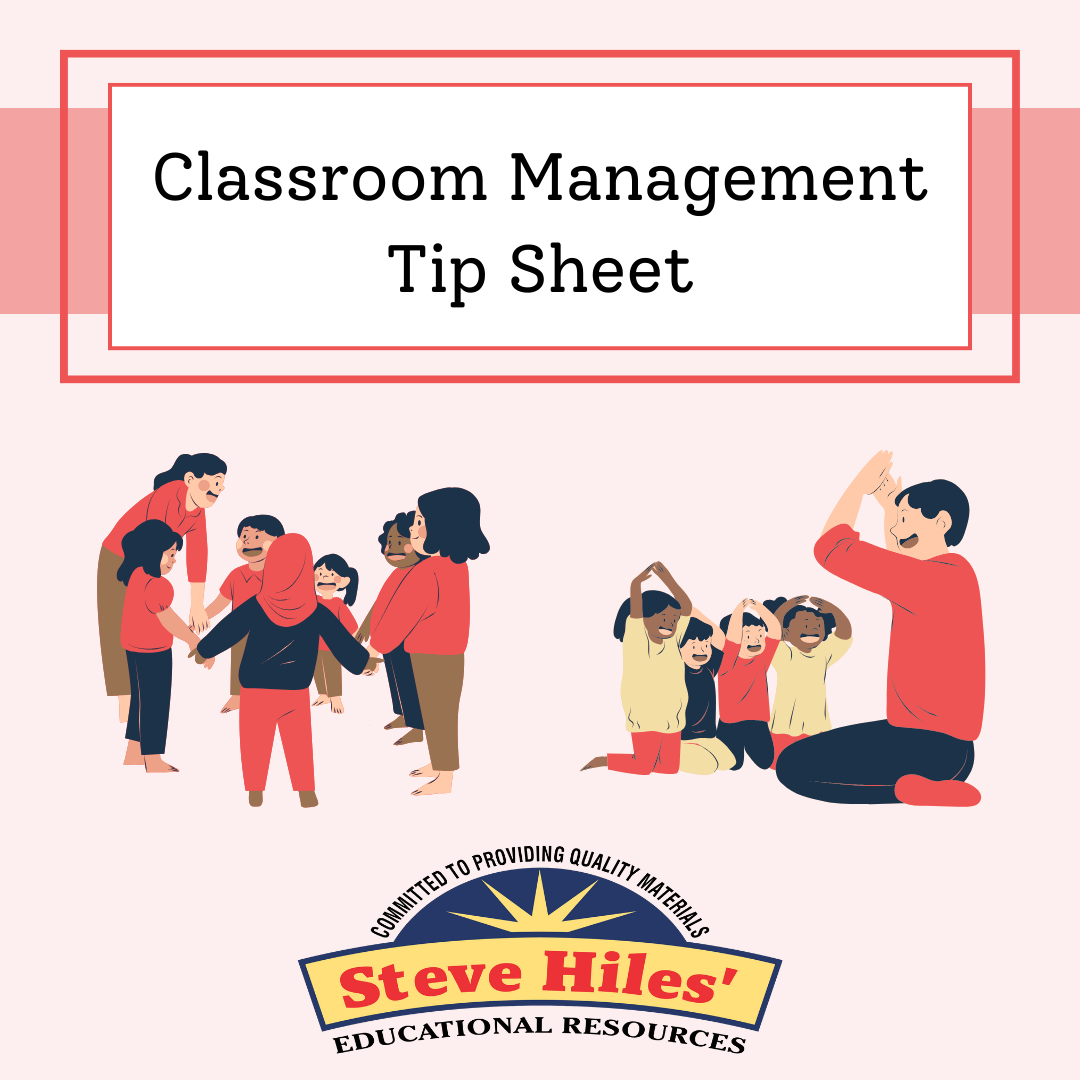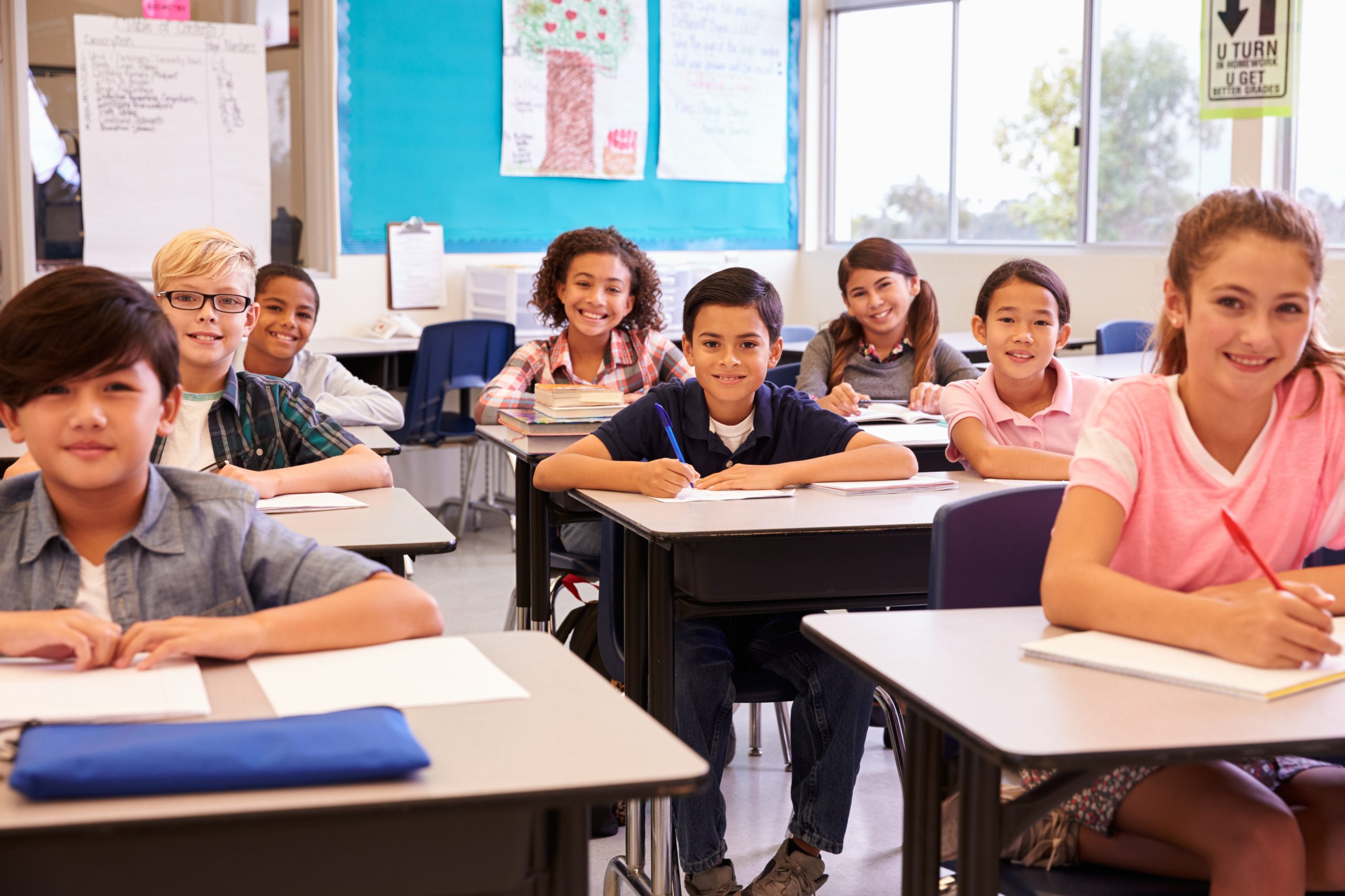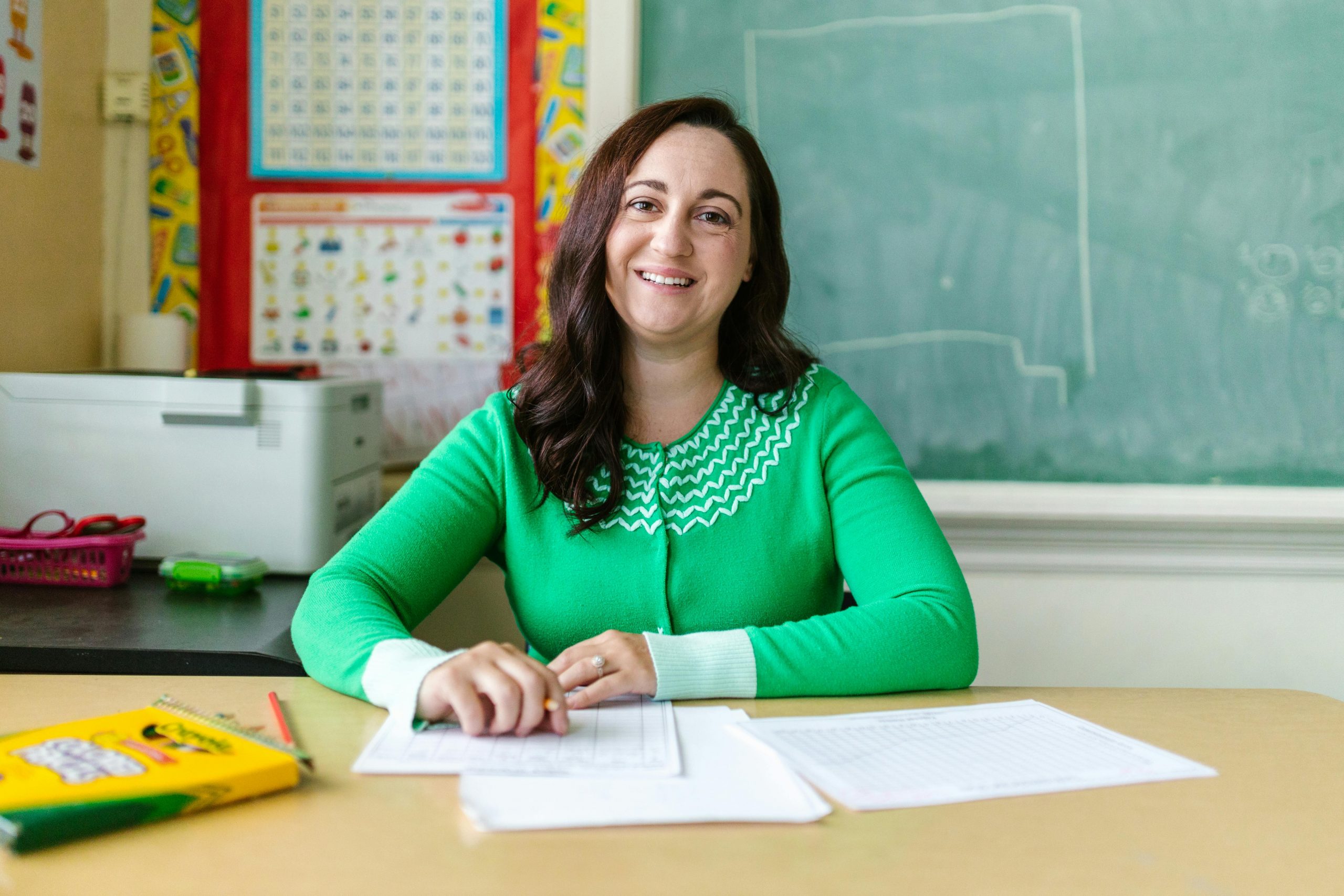In today’s changing world of education, it’s evident that relying on traditional teaching methods might not always be sufficient to engage and motivate students. This is where gamification comes into play, bringing a twist to the classroom experience.
Imagine transforming your classroom into an adventure, where learning becomes an exhilarating quest. Gamification involves integrating game elements, like points, levels, and rewards, into the learning process. The impact it has is truly remarkable.
Above all else, gamification brings clarity to the learning journey. Similar to a game, students gain an understanding of what they’re working towards. Learning objectives become crystal clear, making it easier for them to stay focused on their goals.
However, the power of gamification extends beyond making learning goals visible; it also lies in creating a learning experience. Think of it as an enthralling storyline that connects lessons together. As students progress through this narrative, they’re not just acquiring knowledge; they’re embarking on a captivating journey. Eagerly anticipating what comes next.
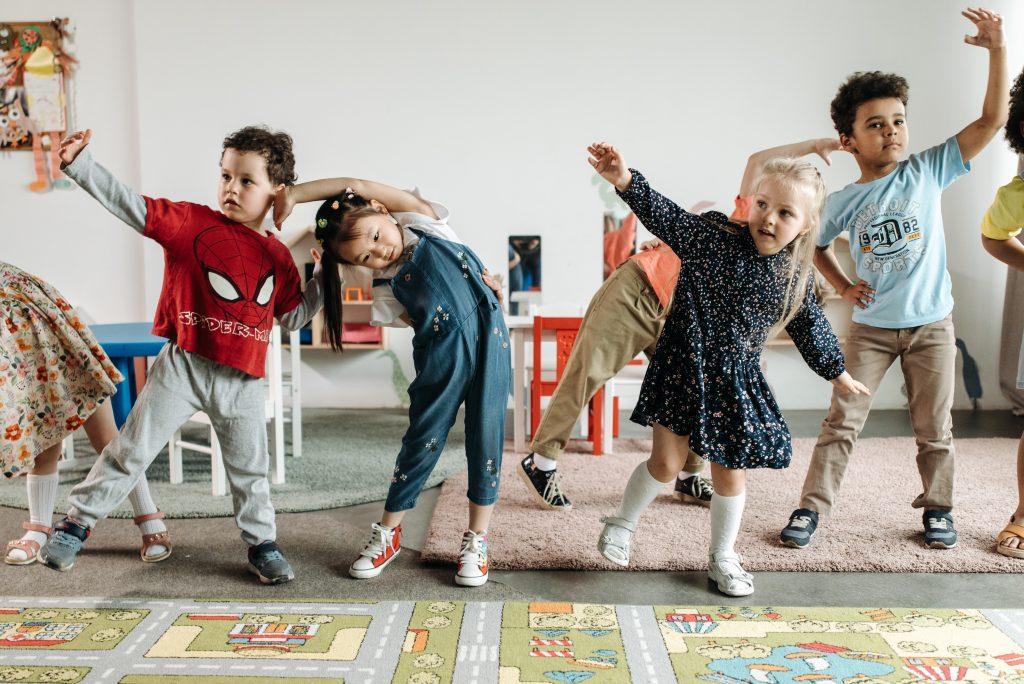
Another crucial aspect of gamification is providing feedback. As in games, students receive feedback about their performance along the way. Whether they succeed or encounter challenges, constructive feedback guides their learning journey.
You may now be wondering about how to begin implementing gamification in your classroom.
Well, there’s no need to start from scratch. You can easily make use of apps and platforms that can be quite helpful. These tools provide the opportunity to create quizzes, simulations, and even virtual escape rooms. They make learning more interesting and interactive for students who are comfortable with technology.
However, it’s important to remember that this isn’t about turning your classroom into a playground. The key is to ensure that whatever games or challenges you introduce relate to the subject being taught so that students not only have fun but also gain valuable knowledge.
Let’s also not underestimate the power of collaboration in gamification. It encourages teamwork through activities done in groups, team challenges, or class-wide competitions. This helps create a sense of community and excitement within the classroom.
To sum up, gamification doesn’t aim to replace teaching methods but to enhance them. It serves as a tool for educators to create engaging and captivating learning experiences. So, if you’re a teacher looking to inject life into your classroom and empower your students as learners, consider embracing the potential of gamification. It can truly transform both your teaching approach and their learning experience for the better.
Please remember that we highly value your feedback, questions, and comments.
We truly value your input as it greatly contributes to the content we bring you. Please feel free to reach out to us through your platform. Whether it’s leaving a review, sending us a message, or connecting with us on YouTube.
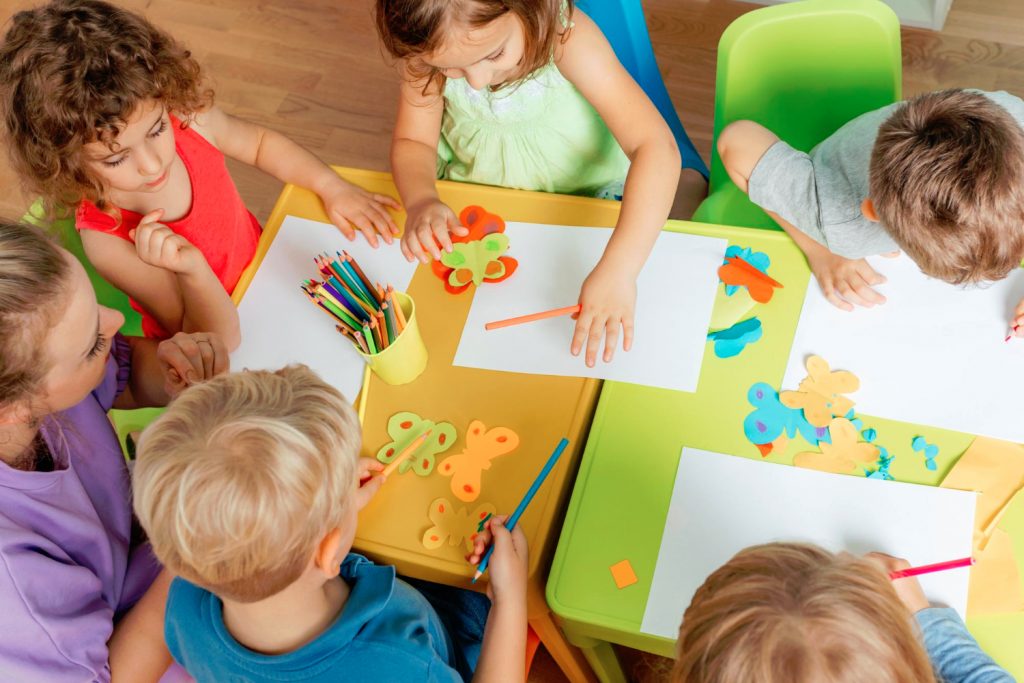
The concept of gamification has made an impact on the field of education. It involves incorporating game elements into contexts and serves as a tool for teachers to engage students, increase motivation, and make learning more enjoyable. In today’s episode, we will explore how teachers can incorporate gamification into their lessons to create a captivating learning experience.
Now, let’s delve into why gamification is such a force in education. We are all aware that traditional lectures and textbooks sometimes struggle to engage students or motivate them effectively. However, when we introduce game elements like competition rewards and challenges into the classroom, we can transform it into a dynamic learning environment.
So, how can teachers start implementing gamification? The first step is establishing learning objectives.
Like in a game, students should know what they are working towards. Whether it’s mastering a math concept or improving their writing skills, make sure your learning goals are well defined.
Next, consider the game mechanics you want to incorporate. Think about elements such as points, levels, badges, and leaderboards.
These factors have the potential to inspire students to engage and monitor their progress. For example, you can reward students with points for completing assignments or achieving milestones.
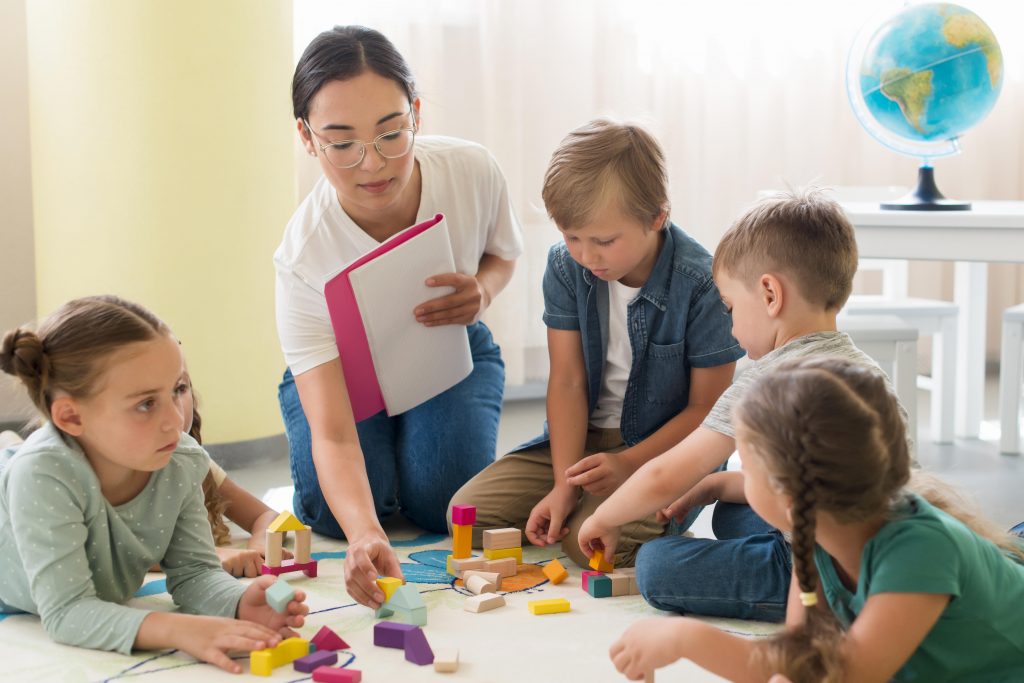
However, it’s important to remember that gamification goes beyond simply transforming your classroom into an arcade. It’s about creating a learning experience. Therefore, make sure that the games and challenges you introduce directly relate to the subject matter. This ensures that students not only have fun but also acquire knowledge.
One effective method of implementing gamification is through the use of apps and platforms. There are apps that allow you to design quizzes, simulations, and even virtual escape rooms.
These tools can enhance the learning experience for students who are comfortable with technology.
Let’s not overlook the power of storytelling. Games often feature captivating narratives, which you can incorporate into your lessons. Create a storyline that connects topics or units in your curriculum. As students progress through the story, they will be more motivated to learn and excited to discover what happens next.
Feedback is crucial in gamification, like in a game setting. Students need feedback on their performance, whether they succeed or face challenges. Provide feedback that helps them learn and improve.
Lastly, collaboration can have an impact when implementing gamification strategies.
To promote collaboration and a sense of community in your classroom, consider incorporating group activities, team challenges, or class-wide competitions. These strategies do not discourage approaches but create an atmosphere of excitement. However, it is crucial to maintain a balance in utilizing gamification as it should serve as a tool that complements your teaching style and aligns with your learning objectives.




